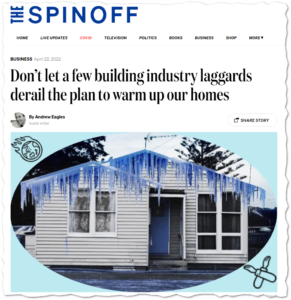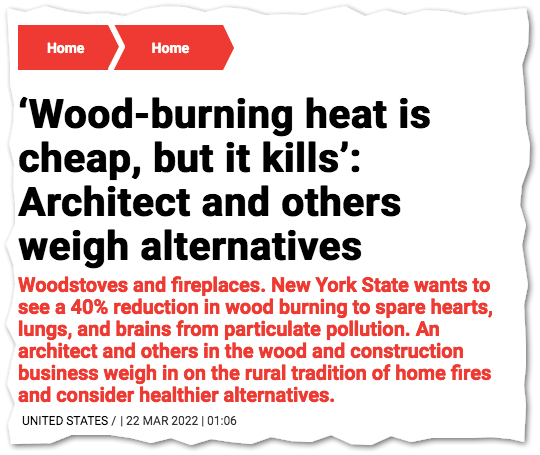New Zealand’s first certified EnerPHit project began back in 2019. A very expensive and complex undertaking, it’s taken three years to complete. Sustainable Engineering’s Jason Quinn got involved not as the certifier but the Passive House designer—unwillingly at first, he says. But the owner impressed him with his commitment to going the whole way and fixing the problems at the …
Ngā Kāinga Anamata passes pre-construction review

Update 16May2024 We want folks to know that Kainga Ora has regretfully informed us that they are now in the process of officially closing the R&D component of the project as the investment is no longer commercially viable. They are removing their pages from their website and links to this will no longer work. Kāinga Ora’s ambitious research project, Ngā …
Scaling up PH trades training

New Zealand needs more tradespeople, full stop. But we also need tradies with skills and experience of building the Passive House way, especially as larger certified projects get underway. In the UK, a large construction firm developed their own training and to date more than two thousand tradies have earned their “Passivhaus Passport”. This seems to be shorter and more …
Haiku sums up warmer home benefits
Who the hell composes a haiku as the summary in a technical report to a government agency? A New Zealander, that’s who. I love this country. People’s ability to care and be serious—but also irreverent or playful, sometimes at the same time—is something I really appreciate. Winter through to spring Houses keep warm with heat pumps At no added cost. …
Elements of building industry lobbying to delay H1 changes

Like I’ve said before, if we want to change, we actually will need to change. Seems simple enough, right? But many in the “pro-cold-home” contingent of our building sector don’t want to change anything. Andrew Eagle from the NZ Green Building Council wrote a very terse essay for The Spinoff a couple of weeks ago. He was incensed that some …
Builder backlash to H1 upgrade begins

And, it’s begun: the backlash to the update to the energy efficiency requirements in New Zealand’s Building Code announced last November. It’s been a long time since the last upgrade. The message from submitters was overwhelmingly in favour of improving energy efficiency through higher-performance windows, more insulation, and moving on to whole building energy performance measures rather than simple R-value …
998 days to reach climate change reduction goals

The latest IPCC report emphasises that we have to peak our CO2 emissions by 2025 at the latest to reach 1.5 degrees global warming, to follow those rational paths that are still open. From Newsroom’s analysis: “Achieving 1.5 degrees would mean emissions growth must not only slow from the 1.3 percent a year it averaged during the 2010s but completely …
Student skimp on food to pay rent on cold, mouldy flats
Radio New Zealand has really done an excellent job of summarising the plight of New Zealand university students—all in less than four minutes. Listen here, to hear how bad it actually is. There’s an accompanying article if you prefer to read: “students talked of making compromises on food and other necessities, and that living in energy hardship hampered their health.” …
Think twice about that wood burner

I still surprise Passive House folk when I point out it’s better to use a heat pump than a wood burning fireplace for heating. It’s better for their clients’ health, their neighbours’ health and the planet. And yes, that is taking into account the carbon implications of the heat pump refrigerant. The problem goes beyond the release of greenhouse gases …
